Like most, the last several weeks of my life have been spent “sheltering in place,” cocooned by the walls of my house. I’ve been experiencing what it means to work from home-for the first time, seeing patients virtually from my computer screen. Just as the lines have now blurred between my living and work space, I’ve been reflecting on how the role of one’s external space is interconnected to their internal being.
I’ve always wanted the sensation of walking into my home to elicit that same experience one feels at the end of a yoga class laying in savasana—restoration. The goal is to evoke a sense of self, a reminder of who I am and why I’m here; while dually instilling a sense of serenity. This desire developed at a time in my life when peace was hard to find and I was mentally in a space of frequent self-doubt.
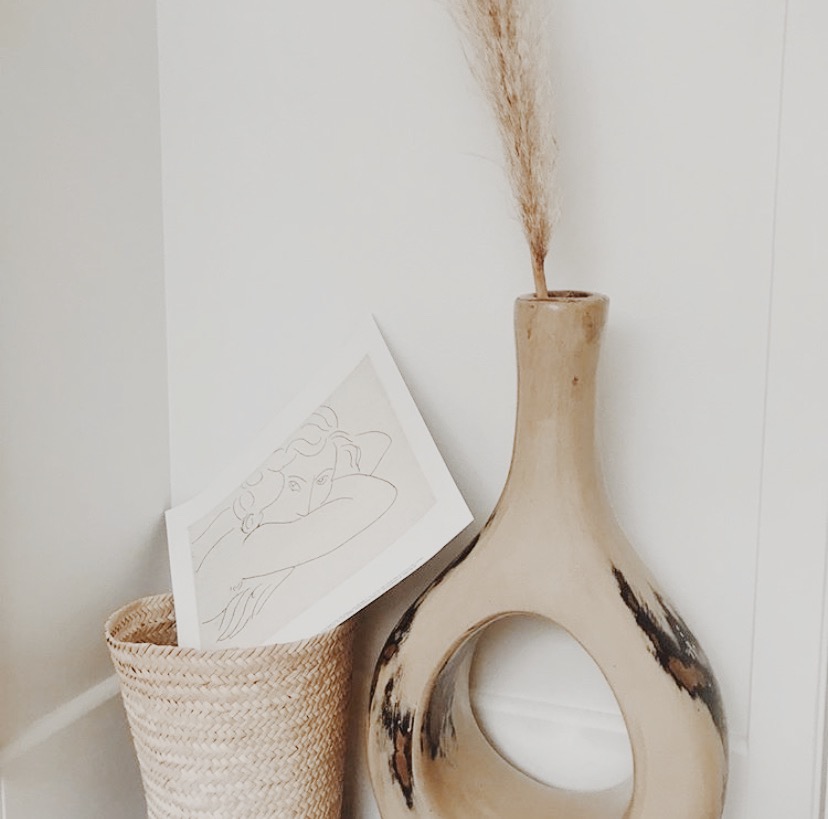
It all began when I moved to New York. My longing to create an aesthetically and emotionally pleasing space came to forefront in my early twenties while I attended medical school in pursuit of a career in psychiatry. I was living the life of a neurotic and overly stressed medical student, constantly seeking a place for reprieve. I think it was both the yearning for a place to decompress and the lack of control in many other aspects of my life that accrued, resulting in efforts to curate a space that eased all of my senses. Looking back, it also was a place where I could empower myself and regain sense of control. At that time in my life, it was the best form of self-care I could have given myself.
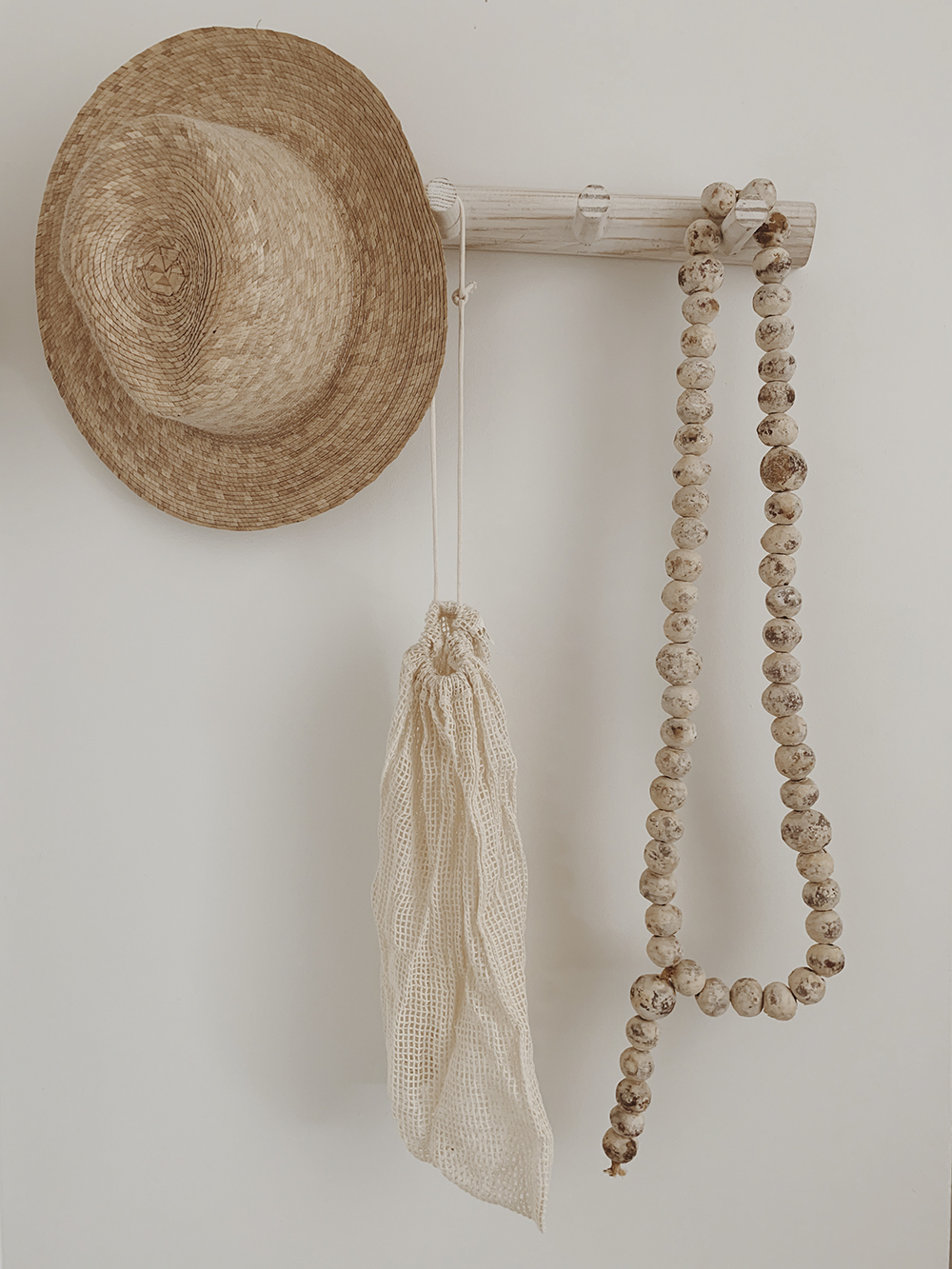
I’ve always considered the process of seeking out spaces that bring comfort outside the home. Why is it that we are drawn to warm, boutique hotels with attention to details and pastel-hued spas? They’re designed with the same goal: instilling ease and relaxation. We seek out these places that allow us to escape our day to day routine, and enable us to recharge. Now, imagine that you have access to space on a regular basis that could bring that same sense of well-being. If every time you walked through your front door, you not only felt the relief of being home, but also a therapeutic release. I decided to apply this principle in my personal space, which overtime has become my makeshift mantra. Here’s how it went down.
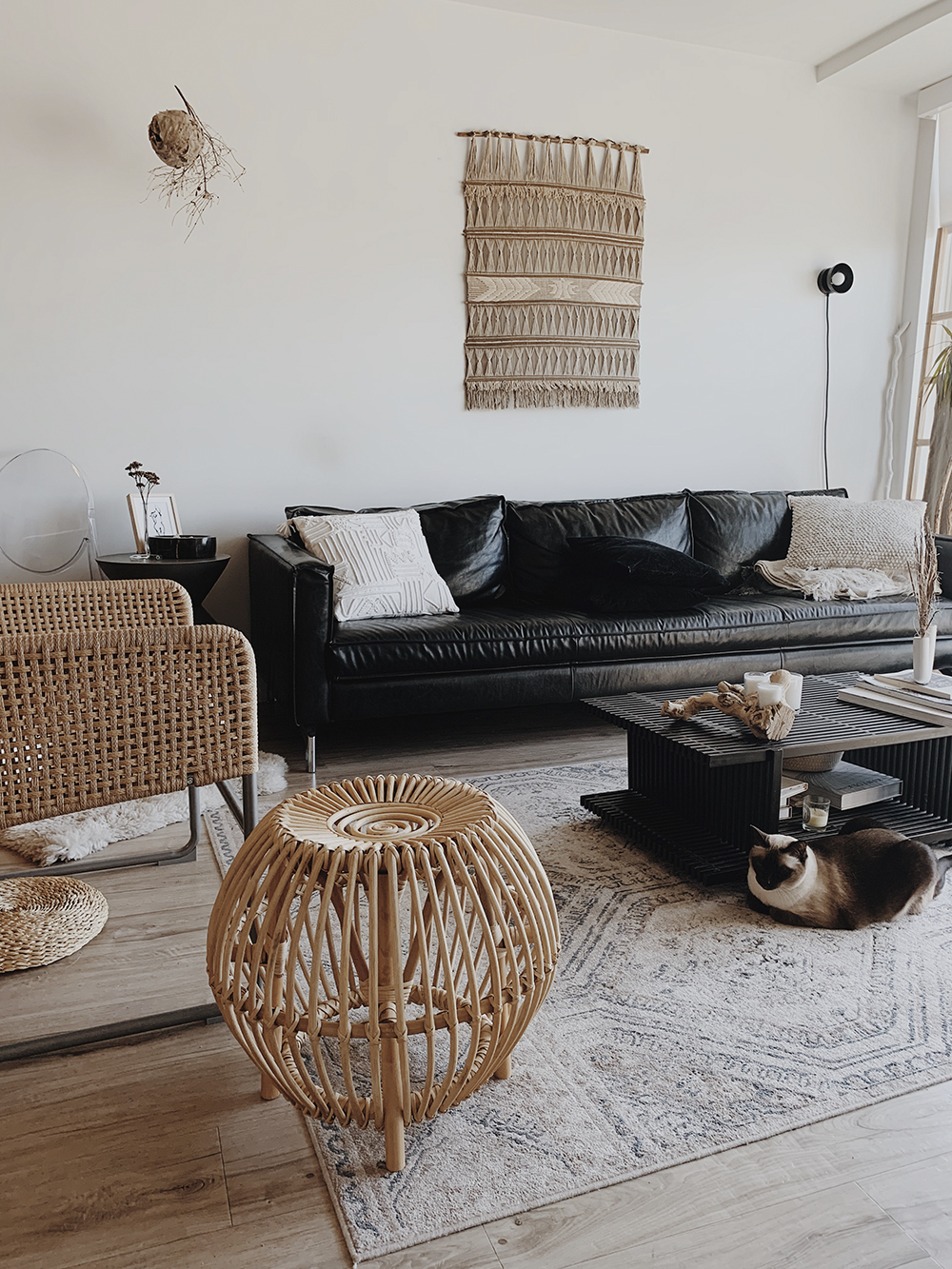
Curation as a Mindfulness Practice
I’ve gone into each new personal space with a subtle vision for colors and design style, letting the small details of the environment itself serve as the guiding force. My first apartment in New York was a classic walk up brownstone, and the space spoke for itself. In the year 2011 I was fully submerged in my passion for all things vintage. There began a habit of browsing pre-loved items in local thrift shops and online markets. Perfectly faded rugs, weathered artwork, and softened leather seating complimented the ochre complexion of the background bricks.
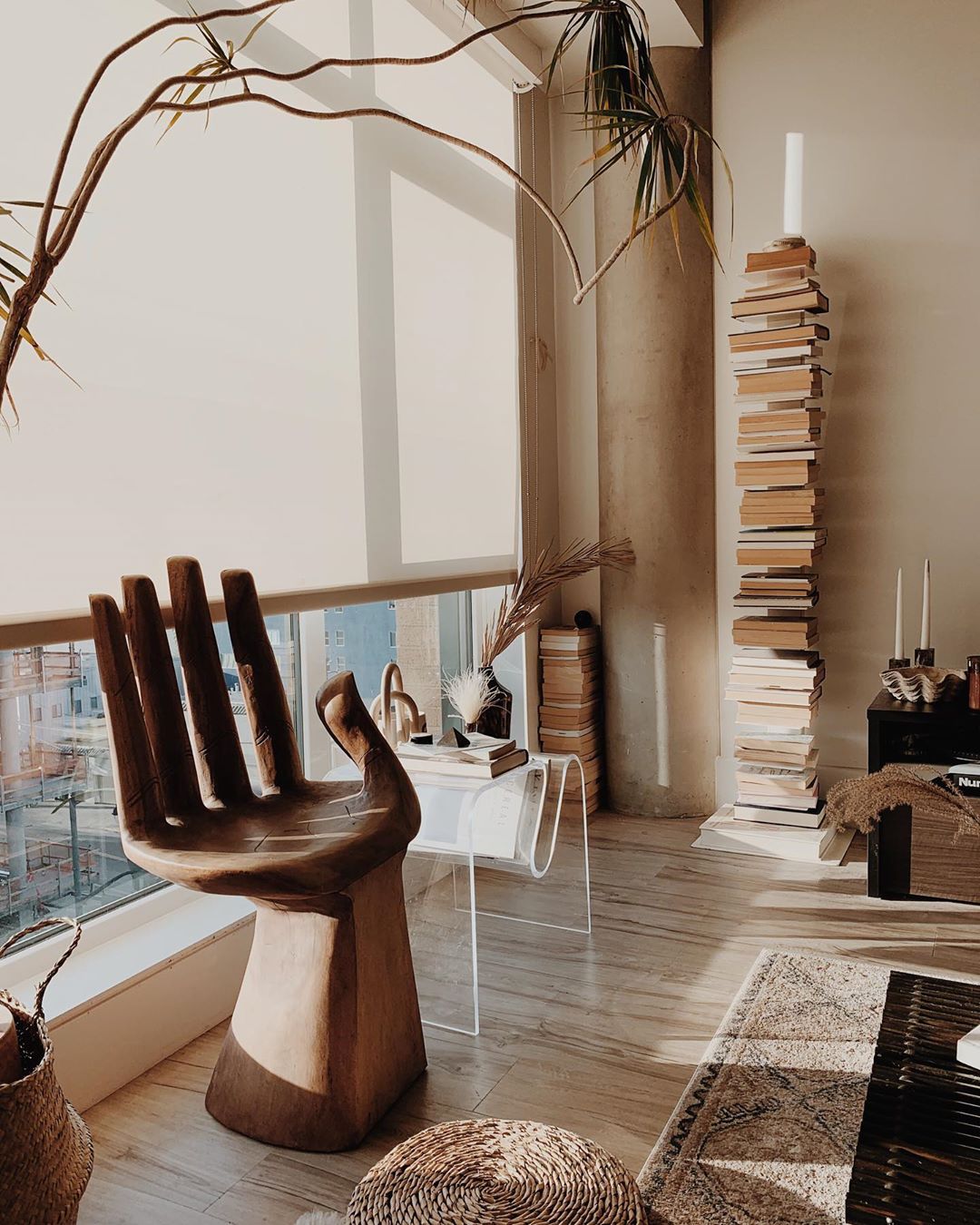
Now, almost a decade later, I’m living in San Francisco, drawing upon the same foundational beliefs. In my current apartment, it was the exposed cement beams and ceiling that lured me in and set the tone. I read the space as modern, neutral, and minimal. With that in mind, I filled the space in the same manner as all our previous apartments: endlessly scouring the pages of Craigslist and online consignment shops.
While still in New York, a $30 curvy lucite side table called to me. There was a connection, and I knew it was meant to live in our new home. With the help of a friend in the area, it was picked up and waiting for me once my husband and I crossed the country. In all of my homes, vintage finds sparked creative direction, guiding the decor. I’ve always thought of it as the pieces entering my life; rather than me seeking them out. This has allowed me to not overthink the process, and remain present—a mindfulness technique of sorts.
With each move, ever present was a sense of urgency to fill the barren and sterile nature that accompanies an empty space. I yearned to create a sense of “home,” as it provided the emotional comfort that I so desperately craved. In curating, the focus has never been on the specific items, but rather the emotions they evoked in themselves as well as as a collective.
Feeding the Mind Through Design
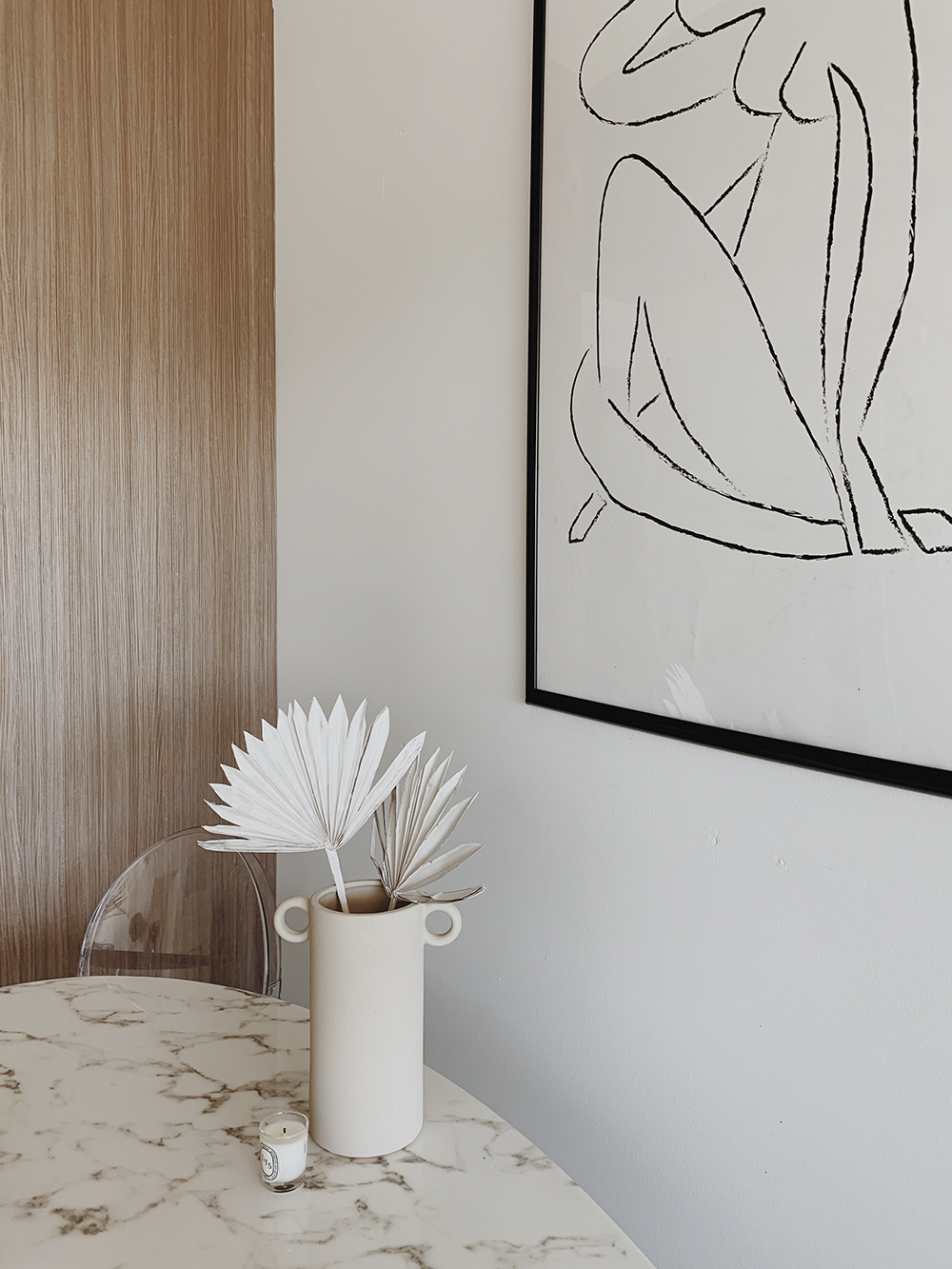
Initially my passions for mental health and interior design existed in symmetric, but separate worlds. There lay a strong delineation between the two—it was either all business or all pleasure. And yet they were always connected, as each move and new home in my adult life has been influenced and dictated in sorts by my where my career in medicine was taking me. As I’ve grown, my parallel interests have developed concurrently, and I’ve begun to understand that they are far more connected. I saw more of the parallels between a tangible physical shelter, and the invisible emotional one that lives in our minds. They began to intertwine in my life, and I soon viewed them as pieces that were sewn together, tugging at one another. When one pulls in its direction, the other follows, for better or for worse.
A very apparent example is how my moods are manifested in my surroundings. On mornings where I’m rushing and yanking clothing out of the closet, negative thoughts of “nothing fits right” creep in, and I watch the heap of judged clothing grow larger on my closet floor. Before I know it, the space is chaos, a direct reflection of what was happening in my mind. That unset intention then lingers and sets the tone for the day, whether I like it or not. In contrast, mornings where I embody a calm presence, allowing myself time to breath, make breakfast, and tidy up, take on a completely different vibe. Working in mental health has helped me become more aware of this interconnectedness, but no less susceptible to the emotional tolls a space can take on my mood.
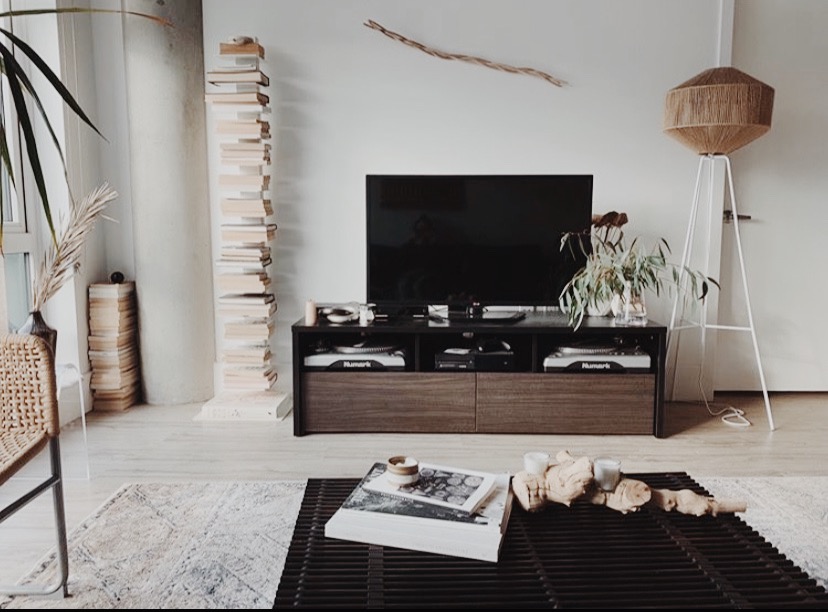
Setting the Frame
In psychiatry there’s a method called “setting the frame,” which describes how we establish a safe relationship creating boundaries that bring comfort to our patients. It’s how we describe the environment of the therapeutic relationship. This frame allows our patients to experience a safe holding environment. When I was first learning about this, I recall thinking about it both in the literal sense, as well as the figurative. I thought about how much the space itself should matter as well. Light, colors, smells, and sounds all play a role in the “safe holding environment” we strive to create. In my opinion, the physical environment cannot be isolated from the emotional one. They are soulfully intertwined.
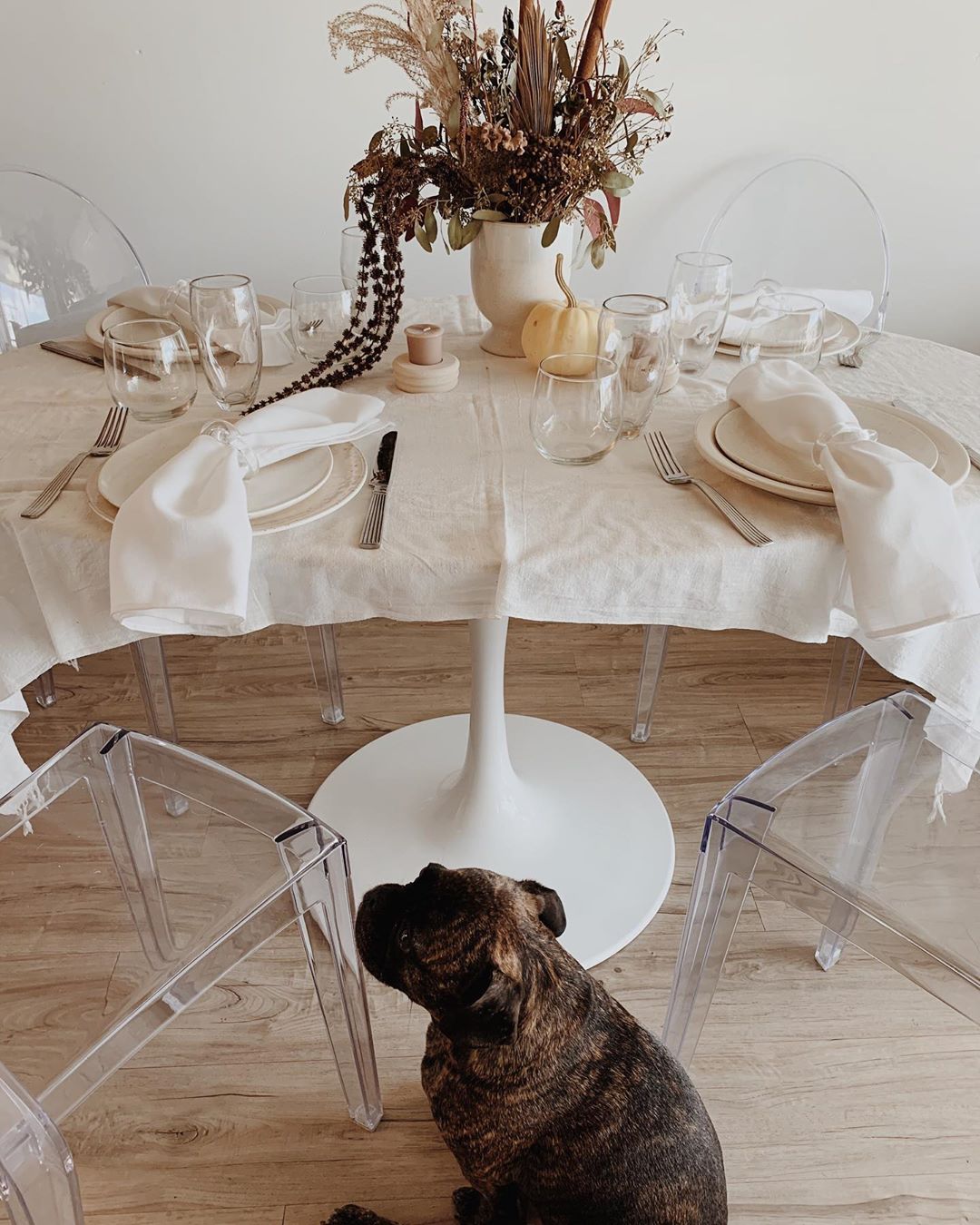
Towards the end of my adult psychiatry training I was given a personal office—a luxury in medicine, particularly for a resident. Prior to seeing patients in that office, I spent my first week developing an environment that I hoped would bring each individual that stepped inside a sense of comfort and acceptance from the moment they walked in (not an easy feat when you’re handed a windowless basement office). In went the removable wallpaper, flameless incense, and the most realistic faux plants that the confines of a resident physician’s wage could procure. The result was truly priceless—both for my patients and myself. I’ll never forgot the initial visits; the comments patients vocalized about the space. The takeaway? The effort that went into the space was communicated as an act of care, in an unspoken manner. Care for them, and care for myself.
With the current state of “sheltering in place,” I have found myself searching for an emotional safeguard for both my patients and my own loved ones. The search has led me to solidify that my own emotional shelter has been created by the ambience of my home. It has been my salvation, and a source for wellbeing that I’m more thankful for than ever before. This physical shelter I’ve created has left me with a clearer understanding of the delicate kinship between outward space and inward emotion—something that rings so important at time when we’re all confined within the walls of our homes.
Milena Perkins is a psychiatrist living in San Francisco with her husband Vic Perkins, their pup Baguette, and cat, Chai. Although a Bay Area native, she recently moved from New York two years ago, where she spent her 20’s pursuing a career in mental health, and feeding her passion for all things design. She hopes to continue growing her interest and knowledge in the psychology of interior design.

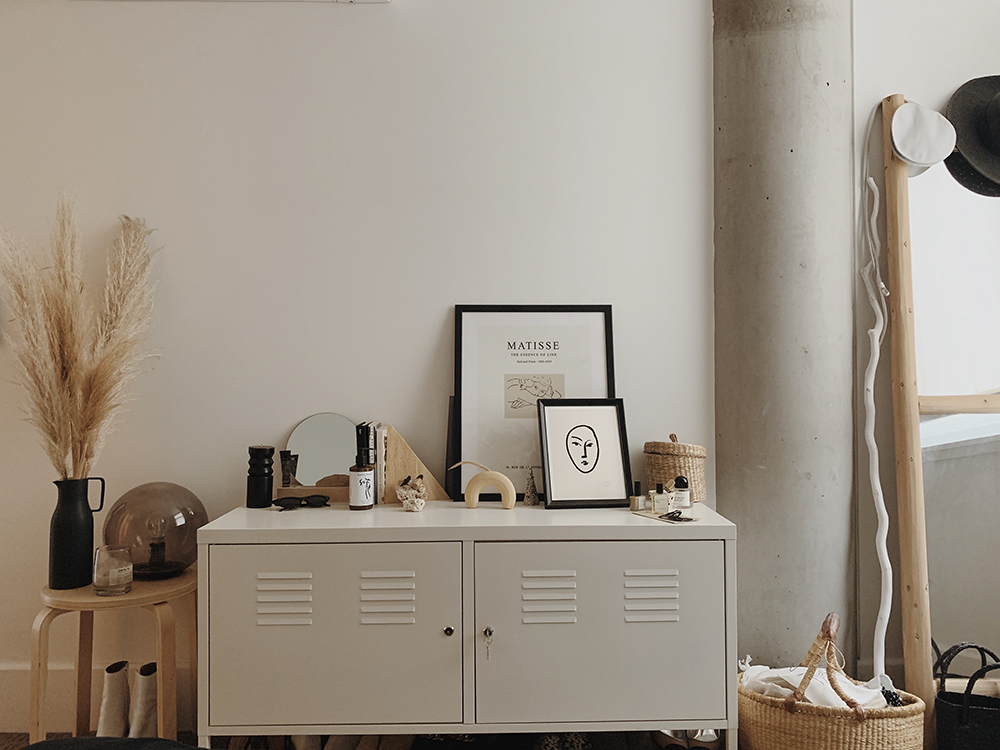





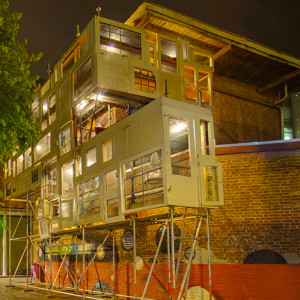

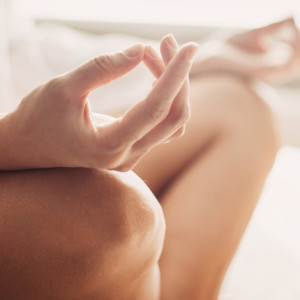

Leave a reply